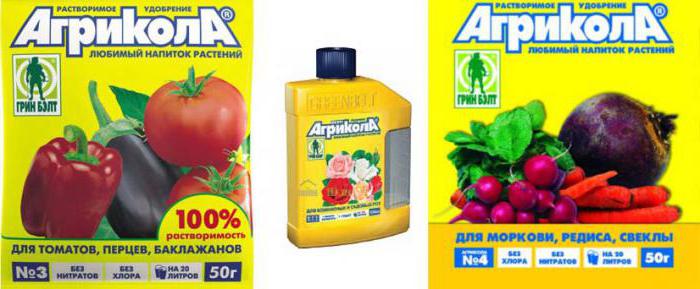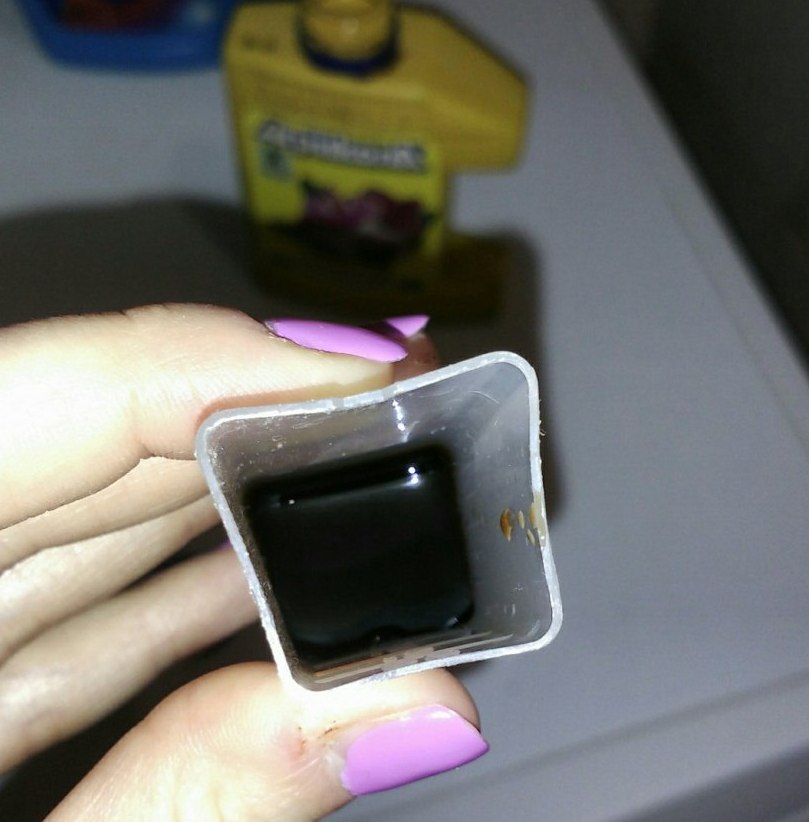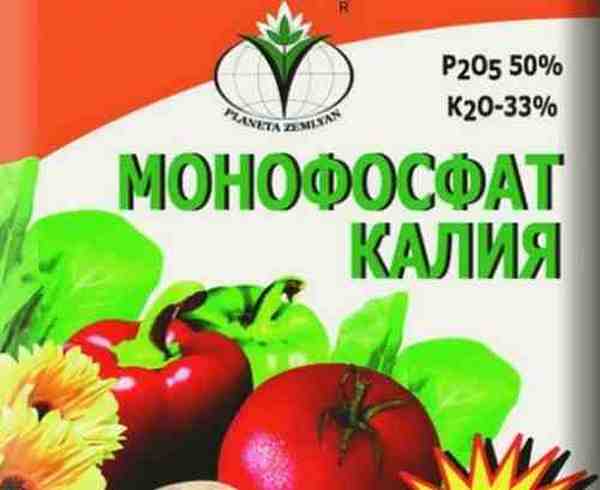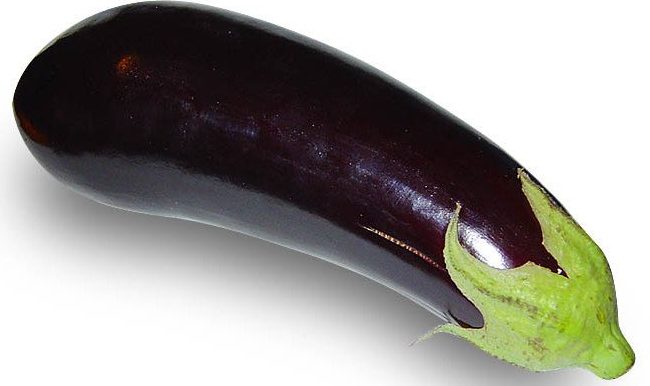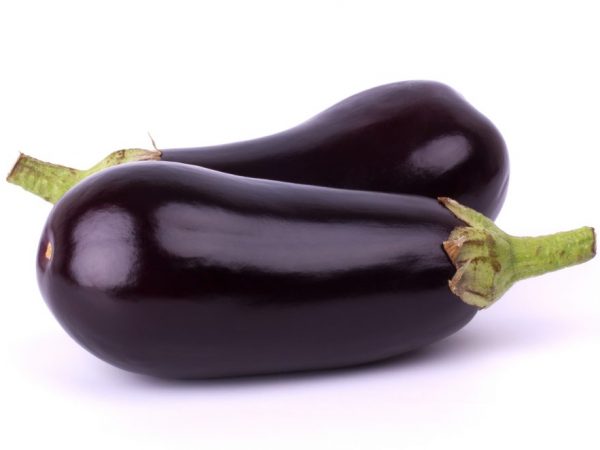Content:
Mineral fertilizers are a good helper for growing various plants in pots, in the garden or in the vegetable garden. Agricola is considered one of the most useful mineral complexes for plants. This group of fertilizers dissolves well in water and is environmentally friendly. The main purpose of the drug is to improve the development of the root system, the composition of the soil, the survival rate of seedlings.
Composition and form of release
The preparation will include 3 main elements: nitrogen, phosphorus and potassium, and additional elements: iron, boron, zinc, manganese. Agricola contains no chlorine element, which increases yield and improves soil properties without affecting acidity parameters.
The manufacturer recommends using gloves, a mask or a respirator when working with Agricola to protect the eyes and respiratory system. After working with the preparation, wash your hands and face well.
The Agricola group of fertilizers is used to fertilize seedlings, vegetables, and ornamental flowers. The drug has 3 forms of release:
- Liquid concentrate, which is diluted in the proportion indicated on the package.
- Granular preparation. This form of release is popular for its compact packaging. Granules dissolve in water, up to 2 buckets of complex feeding can be obtained from one package of the drug (30-50 grams).
- Fertilizer sticks. The package is designed for 10 plants. Each stick must be placed in the ground near the plants. By releasing minerals, the sticks fertilize plants for a long time.
Agricola's manufacturer has developed several types of preparation that take into account the characteristics of each plant.
Varieties of the drug Agricola:
- Agricola 1 used to fertilize white cabbage and cauliflower. Suitable as root and foliar feeding. The composition contains 16% nitrogen, 27% phosphorus, 13% potassium. Additional trace elements present in the composition: magnesium, zinc, boron, manganese. Dissolve 25 g of fertilizer in 10 liters of water. With root feeding, the consumption of the dissolved preparation is 2-3 liters per 1 square meter. The first root treatment is carried out 2 weeks after planting the seedlings, then the procedure is repeated after 11-15 days.
- Agricola 2 used for the care of onions and garlic. Composition: 11% nitrogen, 11% phosphorus, 27% potassium, magnesium and other trace elements. The solution is prepared in the same ratio of 25 g per 15 liters of water. Top dressing of onions and garlic is carried out three times a season with an interval of a week.
- Agricola 3 designed for tomatoes, eggplants and peppers. The ratio of nitrogen, phosphorus and potassium is 13%: 20%: 20%. The composition of the third variety Agricola for tomatoes, peppers, eggplants is well balanced, magnesium helps the absorption of potassium, which allows the tomatoes to grow large and tasty. The solution is used as root dressing after planting seedlings, during the formation of ovaries. You can also use spraying twice: after the first root treatment after 10 days.
- Agricola 4 process radishes, beets and carrots. Fertilized 3 times during the ripening period. Stop fertilizing 2 weeks before harvest.
- Agricola 5 has a high content of phosphorus and nitrogen, which is good for cucumbers, zucchini and squash.
- Agricola 6 suitable for the care of vegetable seedlings. The solution can be sprayed or watered under the root. The complex composition of Agricola Seedling allows plants to grow strong and healthy.
- Agricola's Seventh Composition intended for the care of indoor or garden flowers. It contains less phosphorus (10%), since in large quantities it has a bad effect on indoor flowers. Agricola No. 7 is good for home use because it does not contain heavy metal salts.
- Agricola aqua used for indoor orchids. It is applied under flowers at the rate of 5 ml per 1 liter of water. Excess will badly affect the condition of orchids. When planting or replanting orchids, you can use Agricola hydrogel balls. It will help the flowers maintain the correct moisture level in the pot.
- Agricola Vegeta - a universal remedy. It can be used for all types of crops, both horticultural and vegetable. When used, nitrates do not accumulate and the yield increases. The solution is prepared in a ratio of 1:10.
Application of the drug
The drug can be used for autumn or spring tillage. Consumption is calculated per 1 square meter - you need 40-60 grams.
Agricola can be used as a fertilizer when planting seedlings of vegetable, flower or ornamental crops, potatoes or strawberries. The consumption rate is 1 g per plant or 3 g per meter of row.
As a top dressing, Agricola is applied 14 days after the emergence of seedlings or planting of seedlings. The treatment is repeated after 2 weeks. Stop feeding 14 days before harvest. For 1 sq.m. it is enough to add 15-20 g of the drug.
During the season, berry bushes and fruit trees are fed 3 times, using 40 g per square meter of the trunk circle.
For strawberries, use 12 g of Agricola per 1 sq. M. in early spring and after harvesting berries.
The advantages of the drug:
- Eco-friendly, it contains no heavy metal salts and chlorine. It does not change the acidity of the soil.
- Foliar feeding accelerates growth and development, increases plant immunity to all kinds of diseases.
- Fruits grow large and nutritious, their palatability improves.
- Each type of plant has its own type of preparation, which contains the optimal ratio of the necessary micro and macro elements.
- Various forms of release allow you to choose a convenient way to add the drug.
- Agricola has a high efficiency: plants fully assimilate useful elements.
- The drug helps plants to recover from adverse conditions.
Tips and tricks for gardeners
To obtain strong seedlings use the composition of the preparation No. 3. The preparation Agricola has proven itself well when planting tomatoes. The content of nitrogen, phosphorus and magnesium is 13:20:20. The presence of magnesium in the composition of the fertilizer allows for better absorption of potassium. Due to the ratio of trace elements, the seedlings grow resistant to diseases, take root well, the plant produces tasty and juicy fruits. Agricola is also suitable for tomatoes, peppers, eggplants.
The fertilizer is placed in moist soil so as not to damage the plants.
Agricola for tomato seedlings: instructions for use
The drug is diluted in accordance with the instructions: 25 g per 10 liters of water or use dry granules. When planting seedlings in a permanent place, you can add dry granules to the hole. After 2 weeks, the first feeding can be added to the plant. The second time the tomato is treated with the drug during the formation of ovaries, the next root treatment is carried out after 10 days. In addition to root dressing, you can carry out foliar dressing with an interval of 2 weeks.
Care must be taken when working with the drug. In the event of a drug injury to a person, it is necessary to provide first aid and call an ambulance.
If a person accidentally swallows a substance, immediately give him 4-5 glasses of warm water with 5 crushed activated charcoal tablets. After that, it is necessary to induce vomiting.
Agricola is good as a complex mineral fertilizer. Most gardeners approve of it, because it contains the optimal proportions of the necessary substances. For each type of crops, its own type of fertilizer is produced, taking into account the peculiarities of growing plants. This combination allows crops to grow robust and yield large yields.
